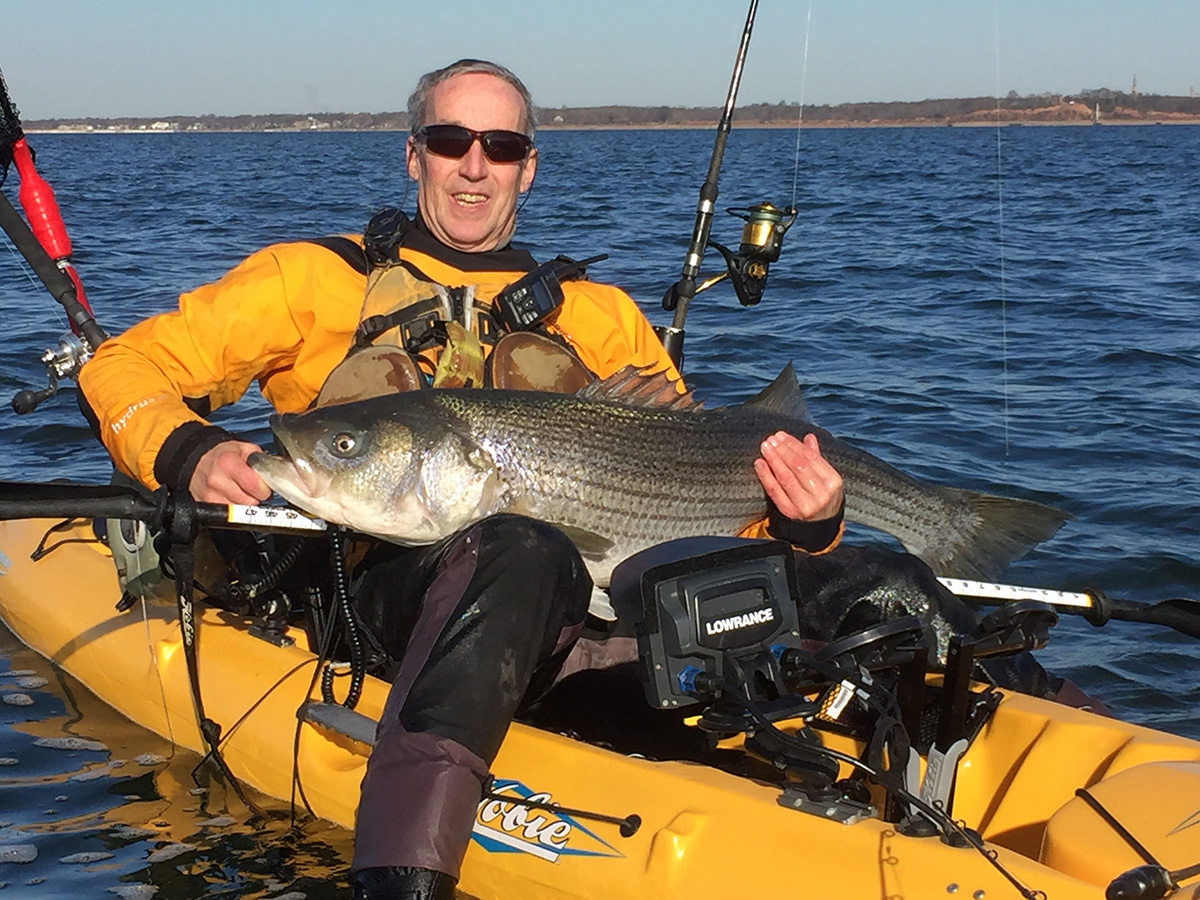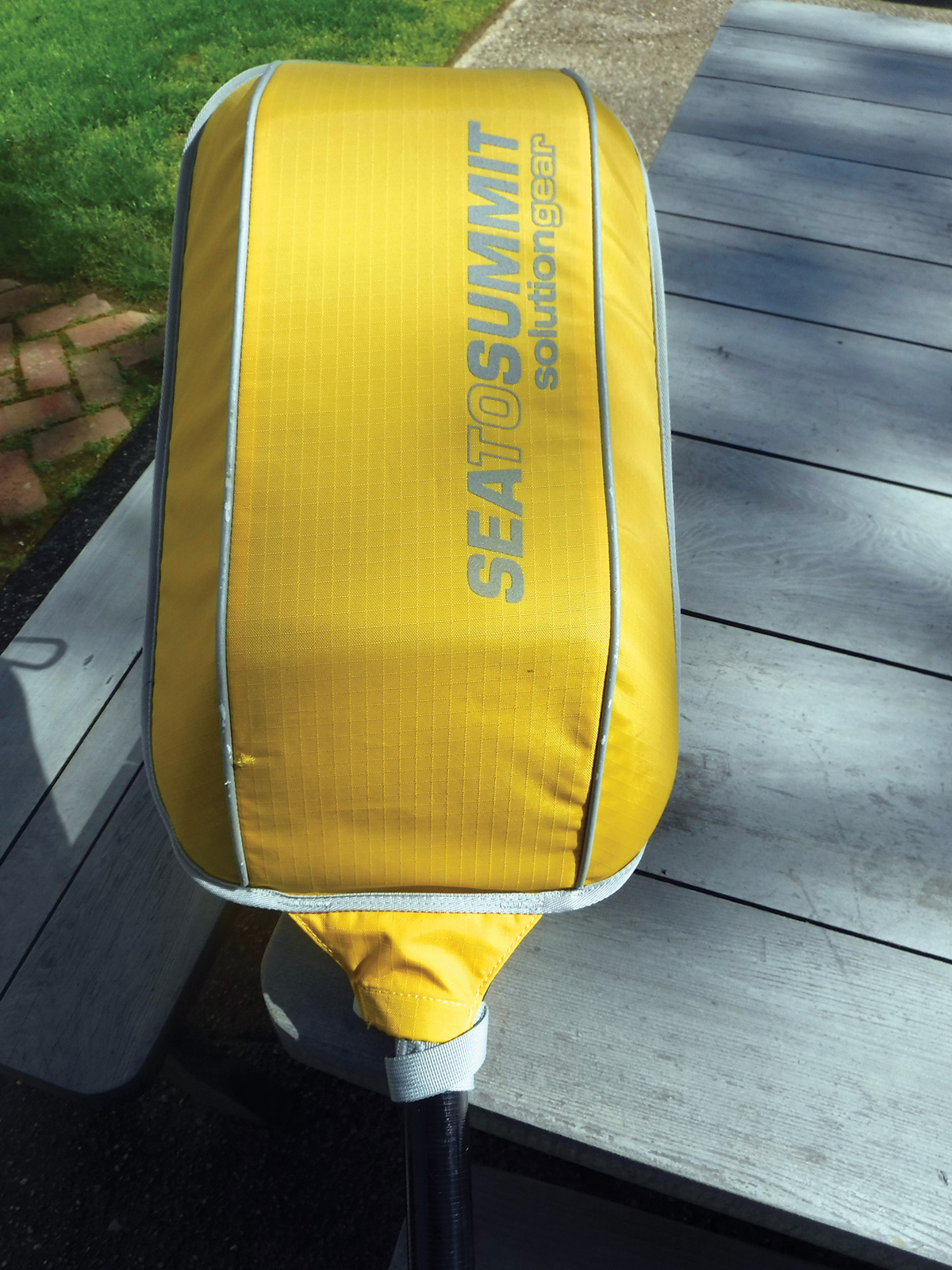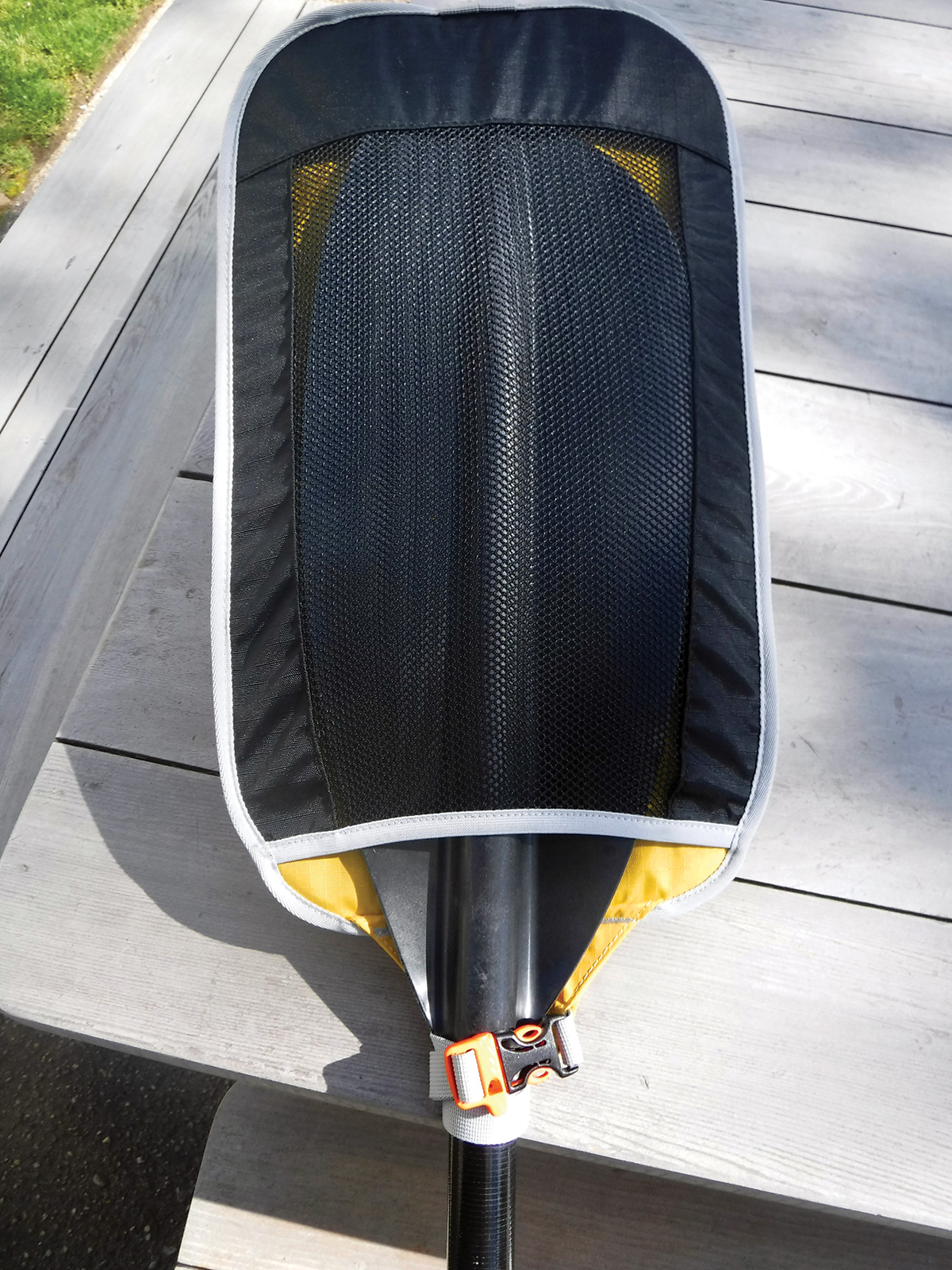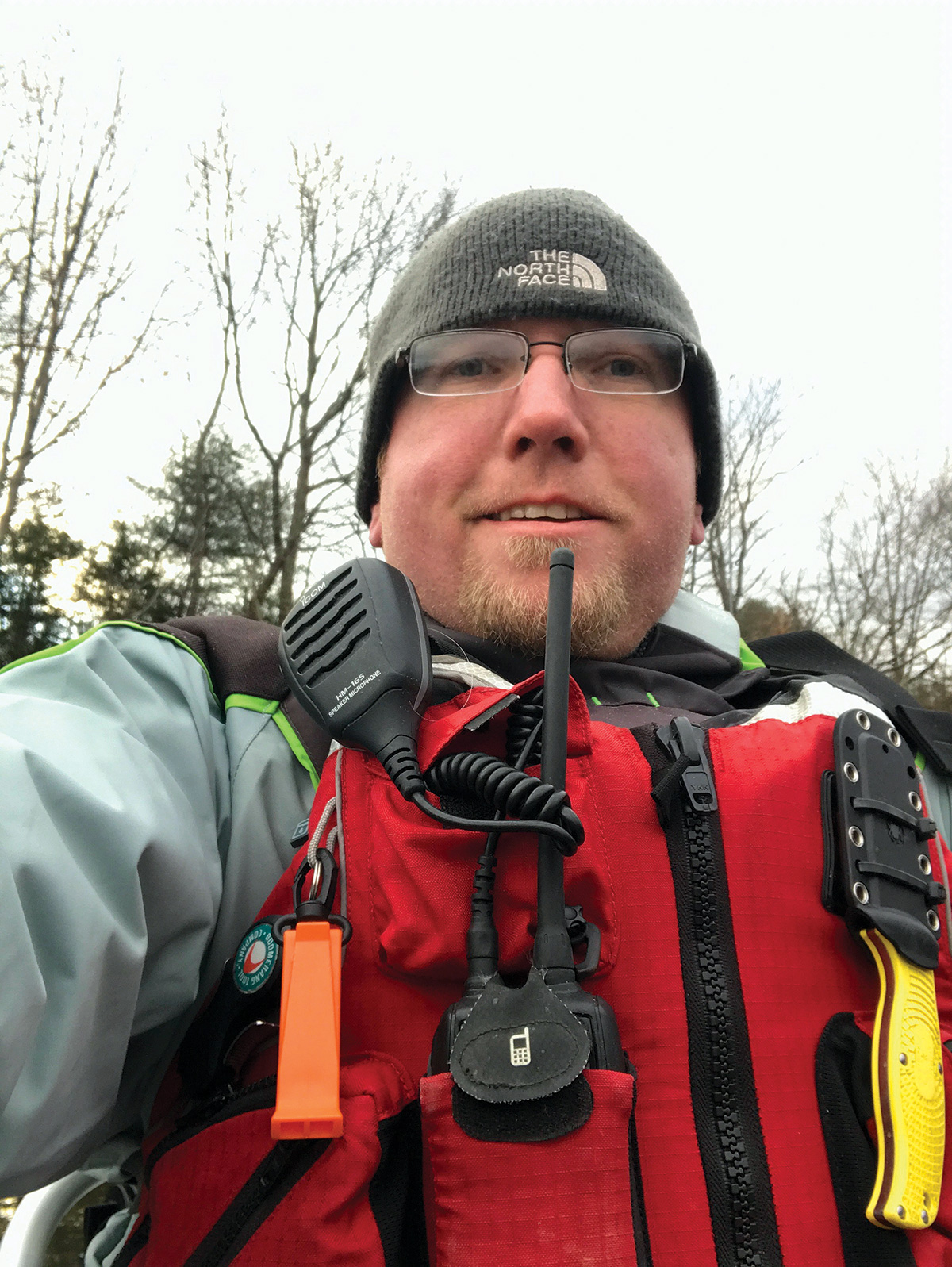
Over the past several decades kayaking and kayak fishing have come on like gang busters. It has become the latest and greatest way to a catch fish not only in our own waters but it has become a worldwide phenomenon. There are at least two TV shows that I know of and countless websites that deal specifically with kayaking and kayak fishing in particular.
Many people have picked up a paddle or a set of pedals to get out on the water and catch fish or to simply get some exercise. It can also be a very dangerous pastime if certain risks are not avoided. There are things that not only neophyte kayakers, but also experienced kayakers should do to avoid these dangers. We should first identify what these hazards are and then figure out ways to avoid or eliminate them.
When You Spill
The first and most obvious issue is staying afloat should you end up in the water. Always wear your PFD or personal flotation device; more simply said your life vest. This is the one key piece of equipment that will do the most to save your life. A well-fitted PFD will keep you afloat if you fall into the water whether or not you’re conscious.
There are five different styles of PFDs available from Type 1 which is an offshore PFD to the Type 5 which is more suited to kayak use than the other styles. These are very comfortable and easy to move around in. They will also provide plenty of buoyancy to keep you afloat when you fall off your kayak (just like with motorcycle riders there are two types of kayakers, those that have fallen off their boat into the water and those who haven’t fallen off just yet).
This leads us to the next safety hazard of kayak use, exposure. The first rule to remember is to never go out on the water unless you are prepared to go in the water. Exposure is the biggest safety hazard that we kayakers have to deal with. There is the 120-, or some say the 130-degree rule. This rule simply states that if the sum of both the ambient air temperature and the water temperature is equal to or less than 120 degrees you need to be in either a wetsuit or a drysuit.
Personally, I am more in line with the 130-degree faction than the 120. It provides an additional 10 degrees of comfort when I do go in the water. So if the air temperature is 70 degrees the water needs to be at least 60 degrees if you are in the water without some form of exposure protection. Water that is only 55 degrees combined with an air temperature that is only 65 degrees only provides a total of 120 degrees and that can kill you if you’re not prepared. That being said cold water is a killer and you should do anything to avoid going in it for any prolonged exposure.
Water temps in the 50- to 60-degree range can cause you to lose consciousness in less than 2 hours; it can kill you in less than 6 hours. The best way to prepare for a cold water dunking is with an immersion suit more commonly referred to as a drysuit. There are quite a few manufacturers of drysuits nowadays, some of the more prominent being Kokatat, Immersion Research and Stohlquist. These suits are water tight and keep you warm and dry should you fall into cold water. They will make the difference in not becoming hypothermic.
Hypothermia is a serious issue and can make getting back into your boat an even more difficult task. When the water temperatures begin to warm you can use a wetsuit for protection and be perfectly safe but remember the 120-degree rule.
Back in the Saddle
The second way to avoid becoming hypothermic is to get back into your boat as fast as you can; that means learning how to get back into or onto your boat for those times you do end up in the drink. Self-rescue is the kayaker’s number one skill to be learned if you are to survive falling off your boat into cold water. I speak from experience here. I was fishing Jamaica Bay in late April and fell off my kayak. The water temperature was only 48 degrees and I wasn’t proficient at self-rescue. I was wearing a two piece dry-suit so I was able to stay dry for a good while but it eventually started to let water in and then my troubles worsened. I started to become hypothermic and had even more difficulty getting back into the boat.

Thank goodness I was not alone and my buddy Chris helped me get back into my boat. It took quite a while for me to warm up enough so my teeth would stop chattering. It may sound a little funny but I can tell you it’s no joke. I went out and bought a one-piece dry suit and spent the next couple of weeks jumping off my kayak and practicing self-rescue techniques. I found that I needed an extra piece of equipment to help me get back into my boat quickly and purchased a paddle float to help me. The float is a piece of high density foam or an inflatable float that slips over the blade of your paddle to provide the boat with more stability so it doesn’t tip over or actually roll over on top of you while you’re trying to get back onto your boat.
Another piece of equipment that will help you get back in the boat quickly is a paddle stirrup. This piece of equipment attaches to both sides of the paddle shaft under the boat so you can step into a loop on one side and push yourself up onto your boat. Either will do the job but I am more comfortable using the paddle float. I think it provides more stability and an easier method to get back on my boat.
There are a couple of other things you can do to do to keep yourself safe while on the water, but they’re probably more common sense than anything else. The first is to try and never fish alone on your kayak or any other way for that matter. I know this is not always possible but make every effort to have a buddy with you when you’re on the water. God forbid things go bad you’ll be much better off if somebody else is there to lend a hand. The second thing to consider is having a handheld VHF radio with you when on your kayak. I always considered this to be a great thing to have available in case I got into trouble but someone once pointed out to me that it is just as important to have one with you if someone else gets into trouble.

Cockpit Safety Concerns
There are several other pieces of survival equipment you should definitely have on you at all times while on your kayak. First is a knife that you can reach very quickly. I prefer a blunt tipped knife rather than one with a sharp point and have one attached to my PFD. Second is some kind of noise signal like an air horn or a safety whistle; again, mine is attached to my PFD. Having a noise signaling device is actually a US Coast Guard requirement so make sure you have one.
Another piece of advice I can give you is to have your head on a swivel when you’re on the water and on a kayak. Pay attention to the boat traffic around you even if they’re not right on top off you. I had an experience with a boater that was busy watching his GPS mounted above his head in an electronics box under the hardtop of his boat. It’s hard enough to see a kayak that sits close to the water’s surface but if boaters aren’t looking directly at the water they’ll never see you.
This one guy was running his boat at full speed, not paying attention to what was in front of his boat and came running up on me. I had seen him coming towards me from quite a distance away so I was able to turn my boat around and get away from him without getting run over. I yelled as he got close enough to hear me and couldn’t believe he didn’t see me. He was very apologetic but I was a little ticked off to say the least. Do whatever you can to make your kayak seen. Use a bright colored signal flag mounted on a pole way over your head during daylight hours. I have one on mine but if the boaters aren’t looking at the water it won’t matter how big your flag is.
Once the sun starts to set or before it rises you’ll need to have a white light mounted above your head that will make your boat visible. The one I have is also my signal flag pole so it serves a dual purpose. These can be purchased at any boating or kayak shop for a nominal cost. It is money well spent.
When fishing these shoulder seasons, as well during the height of the summer, you need to do whatever you can to make sure you come home safe after a successful day of kayak fishing.




